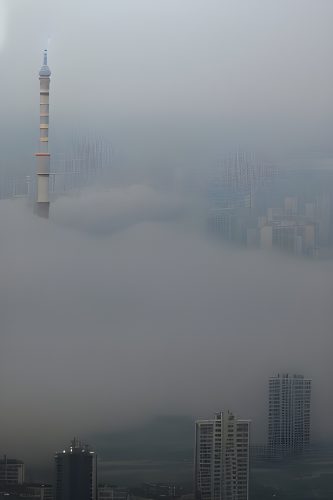
China's Air Quality
China’s air quality has been a major concern for many years. As one of the world’s largest and most populous countries, China has struggled with air pollution due to its rapid industrialization, urbanization, and reliance on coal-powered energy. However, in recent years, China has made significant efforts to improve air quality through policy changes and technological advancements.
To understand the current state of China’s air quality, it’s important to look at the country’s history of pollution. In the past, China relied heavily on coal for energy production, which led to high levels of particulate matter, sulfur dioxide, and nitrogen oxides in the air. Additionally, the rapid growth of urban areas and industrialization led to increased emissions from transportation and factories.
In response to these issues, the Chinese government has implemented a number of policies and initiatives aimed at reducing pollution. In 2013, the government declared a “war on pollution” and set a target of reducing particulate matter (PM2.5) levels by 25% in key areas by 2017. To achieve this goal, the government introduced measures such as closing coal-fired power plants, imposing stricter emissions standards for vehicles and factories, and promoting the use of renewable energy sources.
These efforts have had a significant impact on air quality in China. According to data from the Chinese Ministry of Ecology and Environment, PM2.5 concentrations in 337 cities decreased by 32.7% between 2013 and 2019. In Beijing, one of the cities with the worst air quality in the country, PM2.5 concentrations dropped by 54.3% during this period.
However, despite these improvements, China still faces challenges in maintaining good air quality. One issue is the country’s heavy reliance on coal for energy production. While China has made progress in transitioning to cleaner energy sources, such as natural gas and renewables, coal still accounts for a significant portion of its energy mix. In 2020, coal made up 56.8% of China’s total energy consumption.
Another challenge is the issue of regional disparities in air quality. While some cities have seen significant improvements in air quality, others continue to struggle with high levels of pollution. For example, in 2020, the northeastern province of Heilongjiang had the highest average PM2.5 concentration of any province in China, at 53 micrograms per cubic meter. This is more than twice the World Health Organization’s recommended limit of 25 micrograms per cubic meter.
Furthermore, while the government has implemented stricter emissions standards for vehicles and factories, enforcement of these standards can be a challenge. In some cases, local governments may prioritize economic growth over environmental concerns, leading to lax enforcement of regulations. Additionally, some industries, such as steel and cement production, continue to be major sources of pollution despite efforts to reduce emissions.
Overall, the current state of China’s air quality is a mixed picture. While the country has made significant progress in reducing pollution levels in some areas, it still faces challenges in maintaining good air quality across the country. Moving forward, continued efforts to transition to cleaner energy sources, improve enforcement of emissions standards, and reduce pollution from heavy industries will be key in improving air quality in China.
